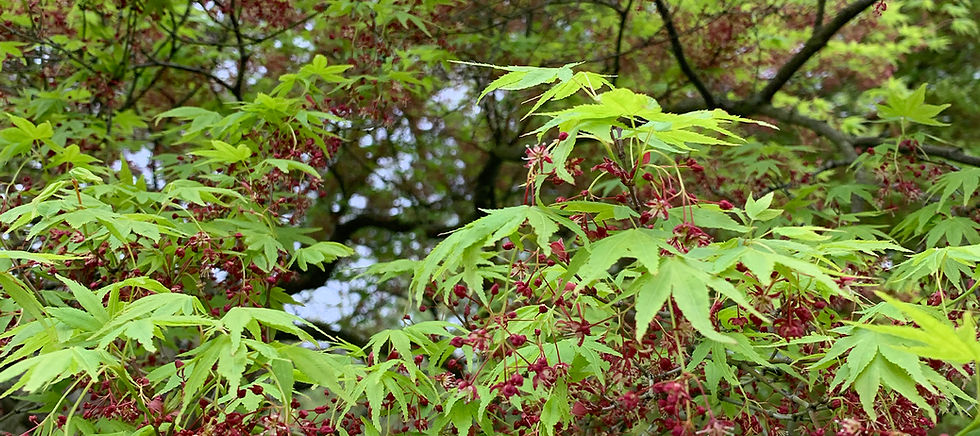When is purchasing an old trade mark a good idea?
- Rosie Burbidge

- Jan 12, 2022
- 2 min read
Updated: Dec 22, 2022

Trade mark infringement, honest concurrent use and so-called “moribund marks” were the focus of an interim decision in a case concerning alleged infringement of the claimant's trade marks STEALTH and STEALTH VR (stylised) for gaming headsets: ABP Technology Ltd v Voyetra Turtle Beach, Inc. & Anor (Rev1).
ABP Technology claimed that the defendants’ use of the STEALTH sign for video game headsets infringed its UK trade marks registered in relation to audio headsets for playing video games. The defendants claimed honest concurrent use, and later tried to amend their claim following the purchase of an earlier registered trade mark for STEALTH, which they deployed “as a sword and a shield”.
In his judgment on 19 November 2021, Mr Justice Miles dismissed an application for summary judgment, and allowed some amendments to the defence and counterclaim.
Honest concurrent use
The judge said the case was not appropriate for summary judgment as the court needed to investigate the defence of honest concurrent use based on evidence presented at a hearing. As the judge put it:
“The authorities suggest that the investigation is multi-factorial. It also seems to me that the court may be assisted by further and fuller evidence about the trading of the two businesses from 2014 onwards. It may also be relevant to the court's determination to hear evidence about the perceptions of consumers.”
Moribund marks
The judge permitted the defendant's amendment to its defence and counterclaim for infringement on discretionary grounds but refused the defendants’ counterclaim that ABP’s marks were invalidly registered because the Defendant had acquired an earlier mark.
Miles J noted that the invalidity claim was not realistically arguable as the natural and ordinary reading of the statute is that use of a trade mark should be by the proprietor or with their consent during the relevant five-year period (which was before the defendant acquired the mark). The alternative interpretation would be “inimical to legal certainty” as businesses should be able to obtain information about the use of marks in the real world:
“A moribund mark that had not been used for five years by its proprietor or with the consent of the proprietor could (according to the defendants) be successfully resurrected years later by the simple expedient of transferring it to a third party who had happened to use the same mark (without owning it or having any consent) during the five years before the date of registration of the later trade mark.”
What does this mean?
This judgment is the latest chapter in a complex and protracted dispute between the parties over the STEALTH trade marks, following earlier proceedings at the UK IPO.
As the application for summary judgment has been dismissed, the issues are likely to be heard fully in court. It will be particularly interesting to see what the court finds in relation to honest concurrent use and the impact of the acquisition of the earlier mark.
To find out more about the issues raised in this blog contact Rosie Burbidge, Intellectual Property Partner at Gunnercooke LLP in London - rosie.burbidge@gunnercooke.com
#gaming #dispute #trademark #technology


